While celebrity outreach has “helped move the needle forward”, the brand says its ethos – based on the values of craftsmanship, versatility and community – has been crucial to its success.
“From the get-go, we knew we wanted to be a product-first brand. The focus was always to be on the bags themselves,” says Aupen’s commercial director – who, in line with the rest of the Aupen team, has requested to stay anonymous, a stance that has drawn a lot of attention.
This has been a strategic choice, one aimed at directing consumers’ attention solely to the bags themselves, rather than the various personalities behind the business.
“I think that what we are doing [as a small brand] is quite disruptive. Rather than chase each fashion season like other niche brands, we want the design and functionality of our bags to be the main point for consumers to focus on,” they add.
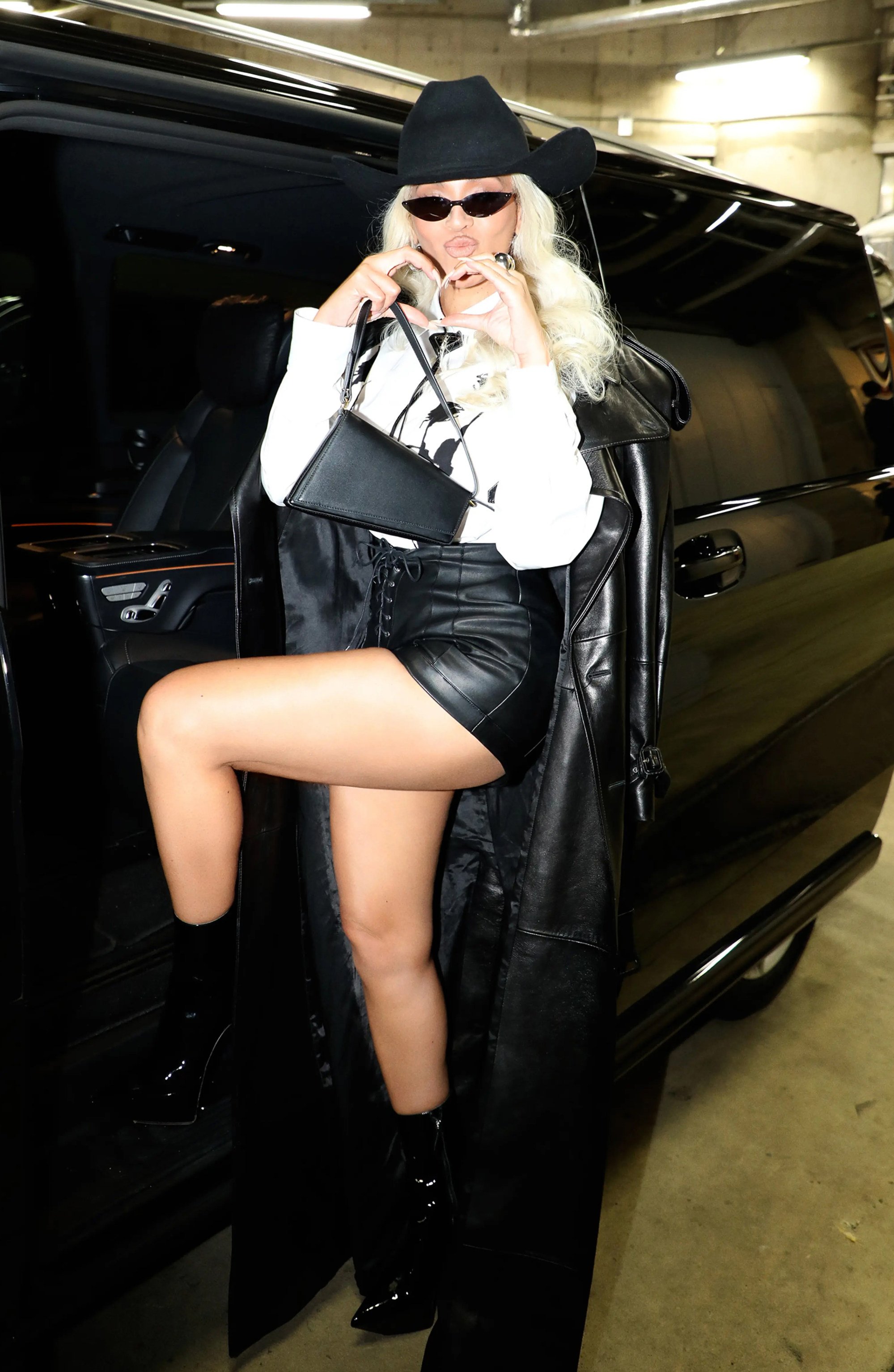
Team Aupen sat down with the Post to dive deeper into the brand’s success, design process, and the creative legacy it aspires to.
How did Aupen achieve so much in so little time?
To grow as a brand, we knew we wanted to opt for a digital-first strategy. We don’t have any physical stores and chose digital – social media, particularly – as our key business-to-consumer touchpoint.
We found that those posts went viral quite often, and this is how we were able to gain a lot of visibility, and that’s what we chose to emphasise.
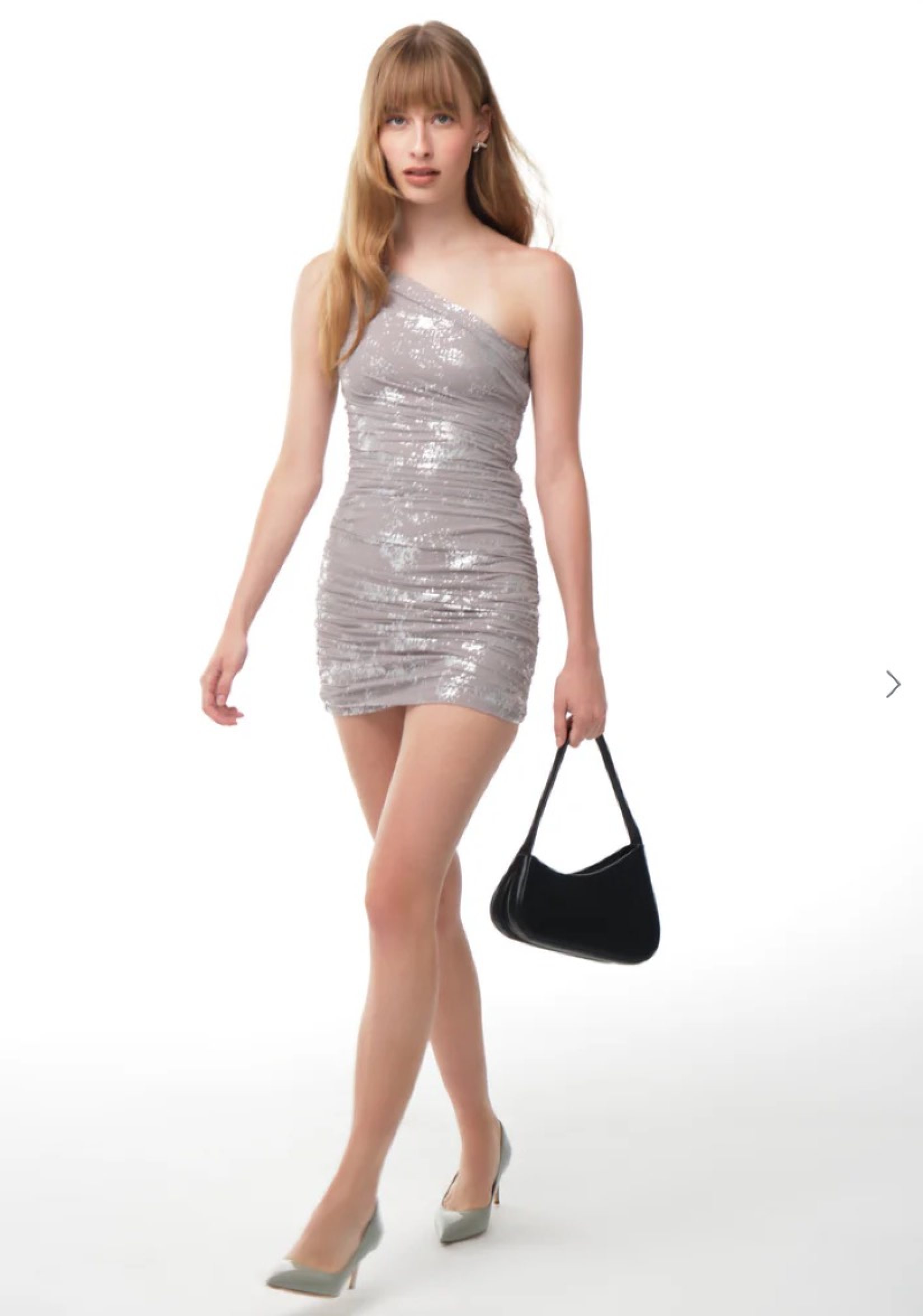
Was celebrity and influencer outreach a focus point?
Not really, no. While we are grateful to have so many celebrities support the brand, a lot of it has to do with the bags themselves. We reach out to their stylist teams, and those that are interested loan them from us. I think it boils down to the design itself – our bags are modern and very relevant in today’s fashion scene.
We want our bags to be enjoyed by a diverse range of people, so we try to make our designs as accessible as possible.
Aupen’s affordable price point is a draw considering how expensive luxury bags are nowadays, but you only produce limited quantities of each bag. Why is that?
We wanted to disrupt the market by conveying a wider message of conscious purchasing – this has been an essential that we thought out from the start. We want our bags to be used for years and are constantly thinking about our designs in view of the past, present and future.
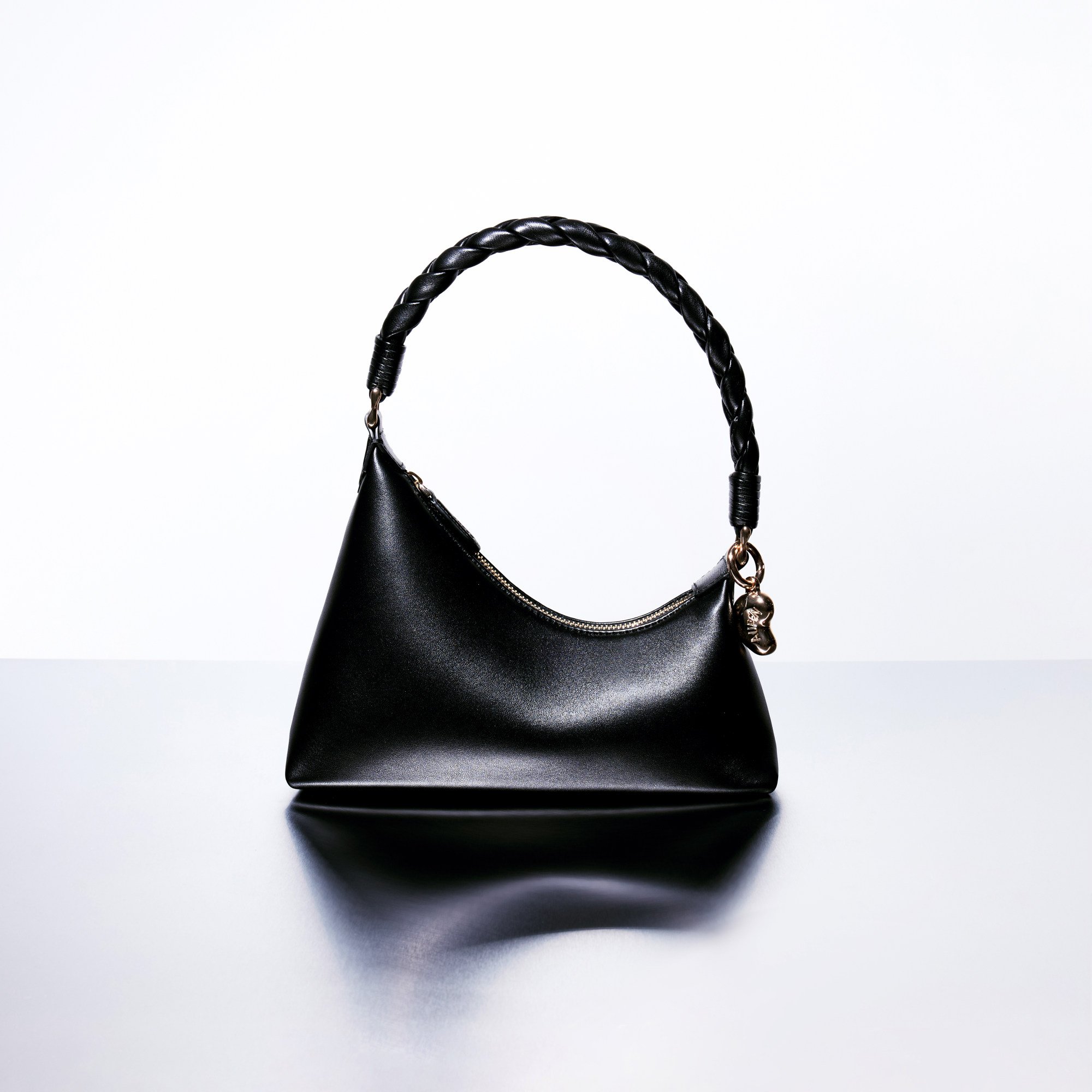
Given their limited numbers, the demand for Aupen’s bags must have skyrocketed. How has it been navigating this demand?
In all honesty, it’s been a whirlwind – for our design team in particular. Also very grounding. As a newer brand, not everything is a success as you might think. We focused a lot of our efforts on listening to our customers’ feedback on the bags, to gain inspiration for new designs.
For example, we conduct customer surveys on how our designs can be improved, which is why we have “re-editions” of some designs. For example, our “Fearless” bag took into account reviews regarding the usability and functionality, which we incorporated in the newer iteration. It’s been a lot of trial and error, definitely.
Has it been a bumpy process?
Overall, it’s actually been a pretty smooth process. We’ve been very deliberate with our strategy and haven’t rushed anything.
When it comes to the designs and our marketing, I think our team has good chemistry, and we have all worked in luxury fashion before, so being able to decide on the strategies we use has been a positive experience. In short, you’ll know when you know.
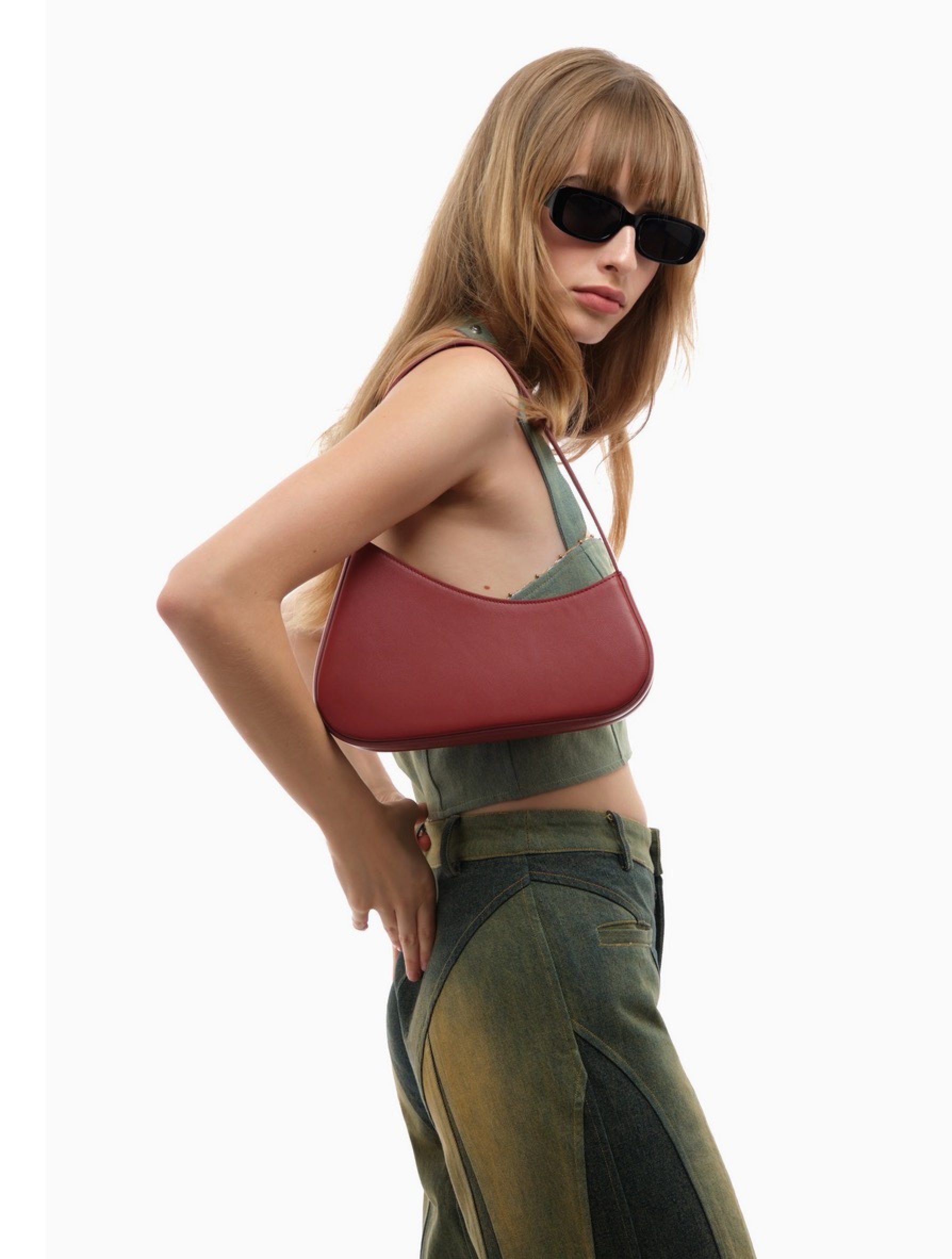
Can you speak more about the production process, and why Singapore?
The country and culture of Singapore was a draw for us, and reflects a lot of our brand’s focus on modernity. Singapore also has a very high standard of quality and control, and often the results we see are very good.
With our core team based in Singapore as well, it makes overseeing the production of the bags much easier and ensures that we remain committed to producing high-quality bags.
Tell me about Aupen’s approach to sustainability.
We want our bags to be a treasured piece of one’s wardrobe, rather than an accessory. Calfskin is more expensive, but it’s an investment that you can get better daily use out of.
Most of our leather is sourced from European tanneries, certified by the Leather Working Group. We also work with a local manufacturer that sources unused offcuts of crocodile skin from the archives of Hermès and LVMH, which we’ve used for our “Kiss” design.
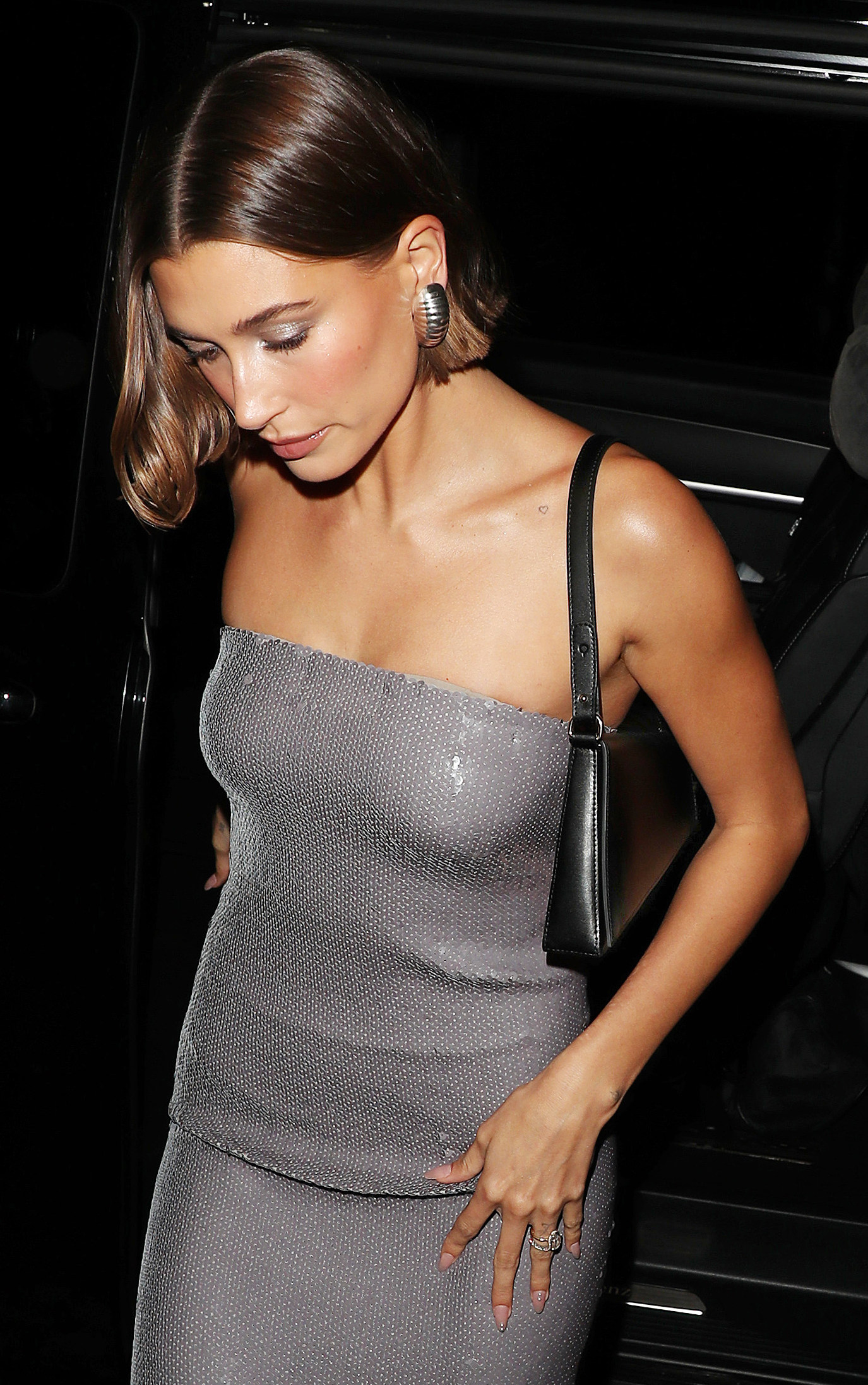
The latest buzz around Aupen is that it has attracted investor appeal from Prada and H&M Group. Are you able to comment more about this?
While we are not able to comment on Prada, H&M has indeed approached us. Right now it’s all very preliminary, so nothing has been confirmed yet.
It’s a tough act – balancing the creative and commercial, so we’re kind of unsure where we stand.
Does this have anything to do with the brand’s hiatus, which prompted fans to think the brand was shutting down for good?
When we announced our hiatus on Instagram, it was really just to announce that our design team would be taking a break. It’s been a crazy journey for them, and they definitely are in need of a creative rest, if you will.
It was definitely a bold move, but we wanted to make a statement about conscious purchasing.
With the break, our main focus is to clear all our remaining stock. We’re not planning to launch any new designs, and having three, four iconic designs under our belt has been very good in this sense.
We really want to encourage our consumers to think whether they really want [the bags] or not – but no, we are not shutting down. It’s just time for a break for us here at Aupen; we’re not sure what the future holds, but we’re excited for sure.







